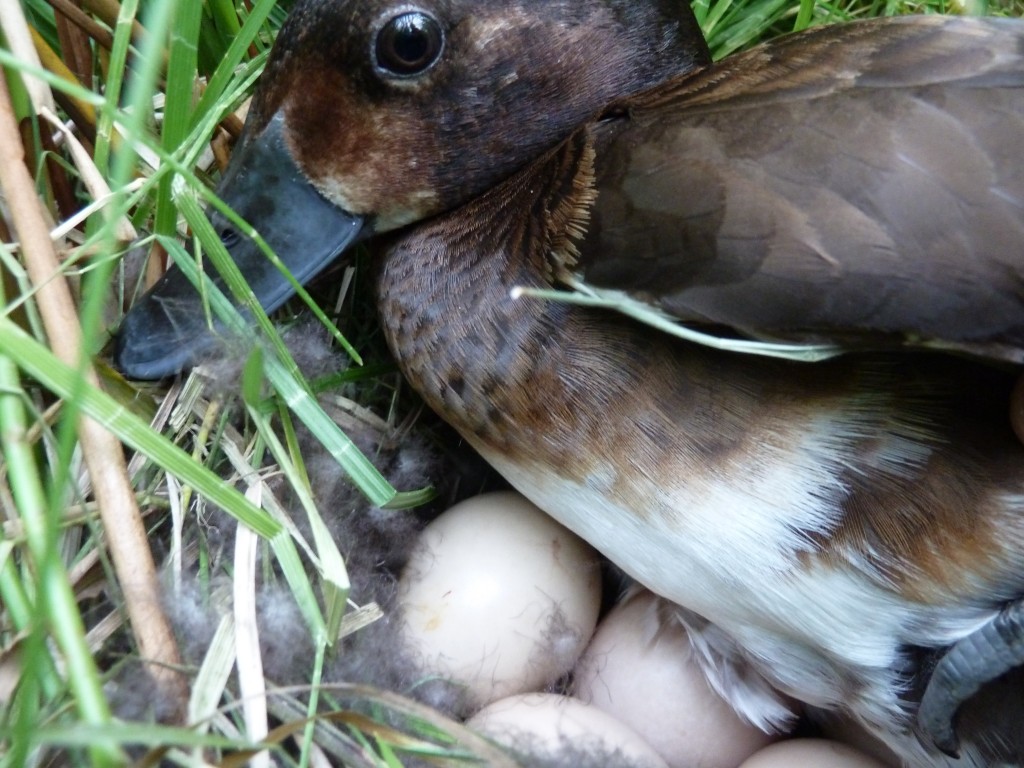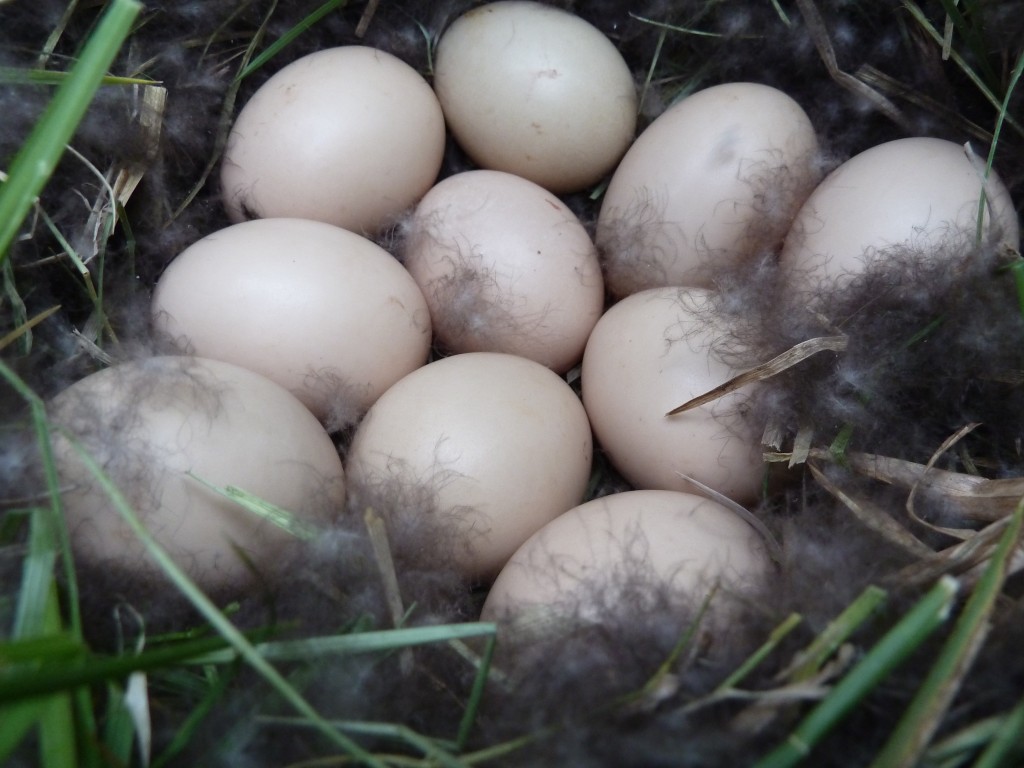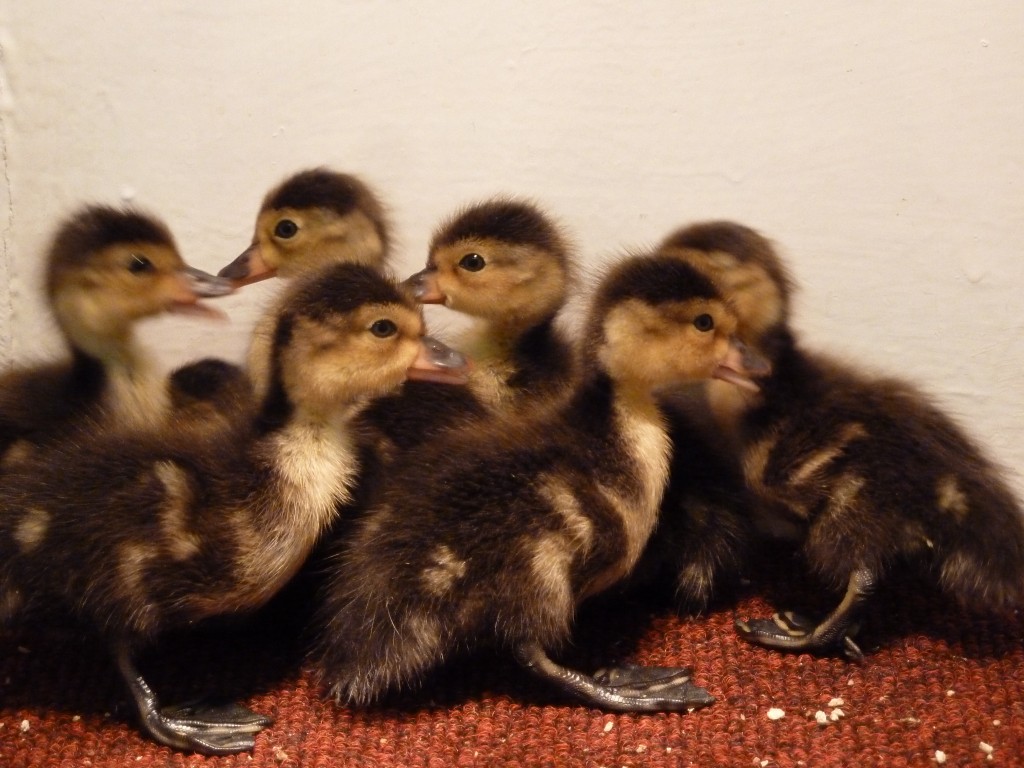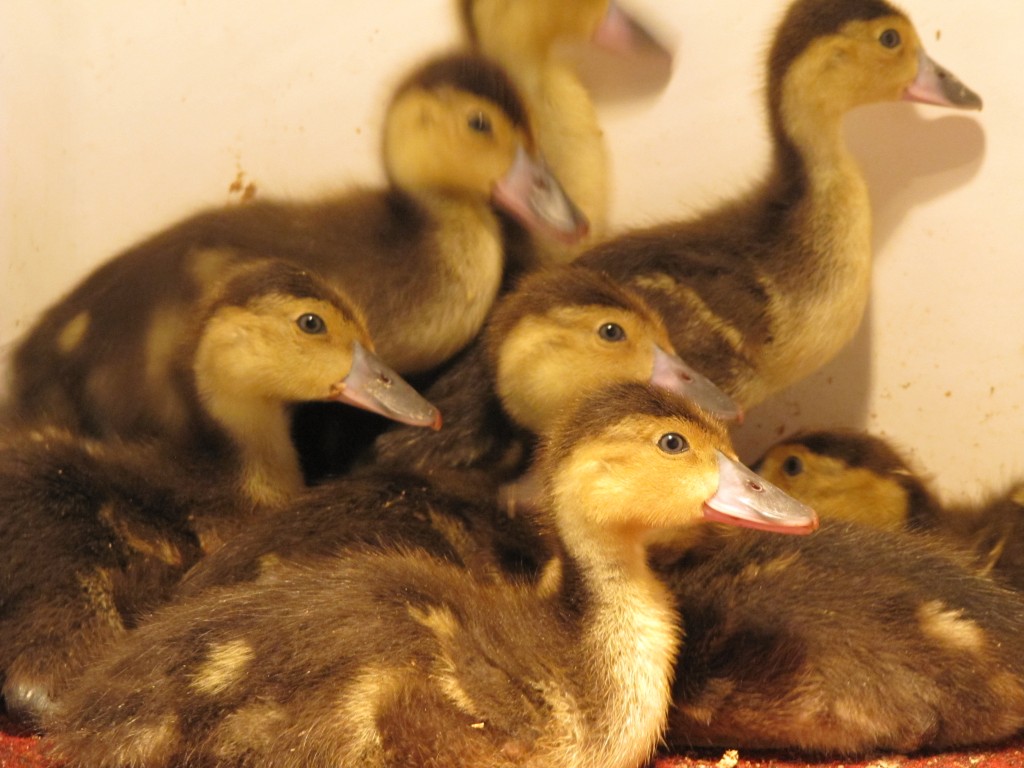Baers pochard breeding at WWT Slimbridge 2013.
Baers pochard are getting a lot of press at the moment. And so they should! This sorry little duck is like gold dust in the wild and captivity alike, and it seems to have caught the Conservation and Avicultural worlds by surprise. They are now classed as critically endangered and there could well be as few as 100 birds in their native areas. They occupy a part of Eastern Asia where more than just one species is struggling to survive. Awareness of the plight of the Baers pochard will only highlight the need to protect the vital wetland habitats of Eastern Asia, the destruction of which will only knock on to more and more species. Take a look at the Birdlife species fact sheet for the Baers pochard below.
http://www.birdlife.org/datazone/speciesfactsheet.php?id=478
Below is a press release from the Martin Mere centre with their brilliant news :)
WWT Slimbridge (amongst other WWT centres) has quietly bred between 4-8 Baers a year for the last 3 years. We always knew they were exciting; I remember my colleague Duane banging on about them in my first year working full-time at WWT in 2008! He said to me that he thought it was sad that because there were more critically endangered, endangered and declining wildfowl species that needed conservation aid than conservationists were able to provide, that only the physically attractive and alternative species were supported. Thankfully, it is not too late for the little brown Baers pochard. I'm no outright conservationist, but the work I do at WWT goes to support the conservation department. It is my job to breed endangered captive species for exhibit, and to get you guys to fall in love with and want to help them. Hopefully I can convince you...
The 2013 story however begins with this stunning female below; just look at those eyes... As a result of the revelations as to their decline this spring, we made a concerted effort to identify the best quality birds for the 2013 breeding season. This stunning little female has been one part of a power trio for 2 years now, but we decided to change the male this year. Sadly the new male did not take to trio-ing well, and we were forced to remove the second female after he started pushing her around. All of the 2013 season then became dependent on whether this gorgeous girl and he would get it on. Thankfully, they did!

She started disappearing regularly every afternoon in early May, and I kept an eye out for her every feed time to see whether I could quietly locate her nest from the angle of her approach so as not to disturb her unduly. It would be of huge benefit to both her and I if I could find it because the predation levels in our aviaries this year were astronomical. I was terrified that every egg would be eaten every night and that she would be put off from breeding. She proved to be a sneaky little madam however, and it was weeks and weeks before I got a glimpse of the nest.

Remarkably, it was brilliant in as much as it was extremely simple. With a multitude of secret nesting spots at her disposal, she had chosen an extremely dense tussock of grass which had curved down in the wet spring weather over a small bowl shaped depression. It was also right next to the path that the feeders traverse twice daily! I never thought she'd nest somewhere like that, but I honestly think that by locating her nest were humans regularly walked actually kept the predators at bay! I discovered the nest with less than one week to go, and upon candling the 10 eggs found a 90% fertility rate. Over the moon, but knowing that I had distubred and scented all over her nest, I quickly lifted the eggs to one of our Rcom incubators. With such high levels of egg and duckling predation I could not risk one of the rarest ducks in the world losing all of her offspring to rats and magpies. I quietly hoped that she might even consider laying a second clutch.
The eggs were remarkably healthy, and the whole clutch hatched within 1 day producing 7 healthy ducklings. You are probably noting that my maths doesn't quite add up? Well the 1 egg that was not fertile was as rotten as rotten can be. Two healthy eggs were nestled up against this nasty egg for upwards of 3 weeks, and the porous eggshells had exchanged nasty spores and addled matter. As a result, these healthy eggs had infected yolk sacks, so when the ducklings started to absorb the yolk upon hatching, they quickly became infected themselves. This is a common thing in all wildfowl nests. This is why I was so keen to quietly find the nest in advance so as to remove any bad eggs early on... You can see the bad egg on the top right of the nest, with a nasty blue mark on it.

We were incredibly proud of the 7 little monsters none-the-less. All the Baers I have ever seen have had little pink smiley faces, little blue-y eyes, and a very distinct widows peak of the darkest brown that extends down their brow to the upper mandible. Whether these are pure or not remains to be seen in the autumn when we plan to do genetic tests on every WWT individual.
Baers, as with all pochardy types, are quite scatty in rearing situations, and so getting them to think I was not attached to the camera was quite difficult! Taking a photo involved crouching down beneath the coop level with my arms in the air! All pochard types are reared in our traditional dry setup at Slimbridge. Although they are diving ducks, providing them with water at this stage would be a recipe for disaster. It would be messy, stressy and very hard to manage their food intake. Instead we rear them dry, but put them outside quicker than other species so as they can get used to a water body but be relatively sensible and independent. Documenting techniques for rearing critically endangered wildfowl species are always valuable. If the worst came to the worst for the Baers pochard and the species required urgent rearing intervention, I hope that breeding the species in captivity will provide valuable data to better aid their introduction and success.

The Baers went outside on the morning of this photograph. They now occupy a comfy little B-pond, and spend much of the day on the water diving for molluscs (we have a mild snail and mollsuc infestation in our water pipes) and on the grass in the evenings hunting for flies and insects. We feed them on Charnwood grower ration mixed with breeder pellet and wheat, and this combination combines for a nice rotund but healthy bird. Today as I write this blog, they are beginning to feather, and they are developing those gorgeous warm russety autumn tones on their flanks.
Hopefully these babes combined with Martin Mere's could represent the future of a captive species which seriously needs our help. Please share this post and Martin Mere's news story above and share the plight of the Baers pochard.
P.S. The adult pair did not go on to breed again. The likelihood is that she was too tired out from laying 10 eggs and incubating for 22 days to fancy it! The pair have now successfully moulted and will remain in the breeding aviary until 2014 comes round!

